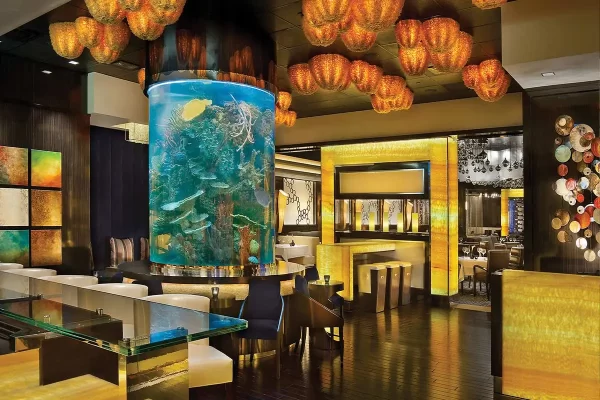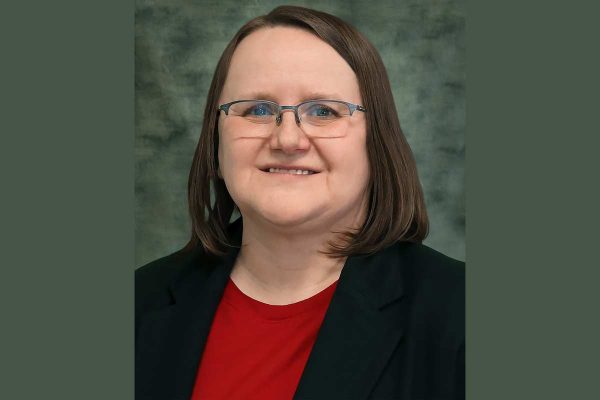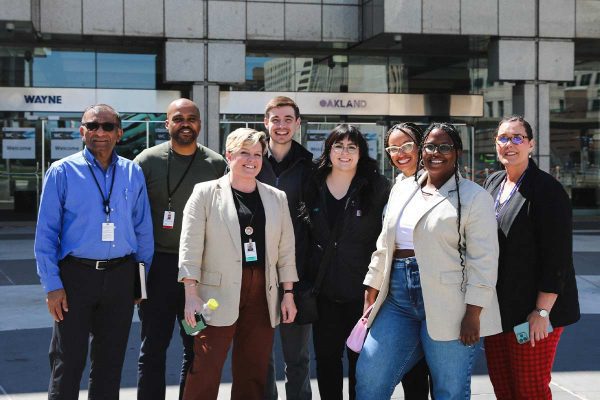Introduction
Take a look at the labor structure in this “Here & There” comparison.
Organized labor
Here: Approximately 52 percent of convention halls in the U.S. have a union affiliation, which reserves the rights for union workers to provide certain services, such as electrical or rigging. In this vertical model, the labor services are provided by multiple suppliers; workers can be specialized or have a variety of skillsets. Unions lack a centralized body, which means the union rules, labor rates, processes and training are not standardized, nor are the labor crews are mobile. Laborers are paid by the hour and have different rates for straight time, overtime, holidays, weekends, and more. Sometimes a region does not have the labor supply to fulfill the work, and unskilled workers are hired, but at the same rate as a skilled laborer.
There: Trade show unions do not exist in other countries, although Australia’s states have worker mobility restrictions. In Europe, I&D services are usually provided by the exhibit design builder and the same carpenters who produced the exhibit can also be its installers. In this horizontal model, the labor services are provided by one supplier, and I&D workers tend to be multi-skilled and are able to assemble the booth, install the electrical equipment, AV, plumbing, and mount the graphics. Without union jurisdictions, the crews sometimes travel with the exhibit as well. These workers are paid a set day rate, regardless of what days they work, including weekends and holidays. As a result, they work to complete the exhibit as quickly as possible, which eliminates the costly overtime and weekend labor rates found in the U.S. A few other countries, like Japan, have defined working hours and also have overtime rates.
Material handling
Here: The U.S. has a unique model for material handling, or drayage, which is an exclusive service provided by the general contractor (GC) to coordinate properties at tradeshows. All inbound shipments arrive at a marshalling yard, where the GC reviews the bill of lading, weighs the properties and charges based on weight multiplied by an established rate. The final cost is usually unknown until the service is complete. Although the process is designed for efficiency, the exhibitor must also plan for the process to prevent missed deadlines, special handling penalties—and budget crises.
There: In most other countries, the material handling fees are included in the exhibit space price and suppliers can drive or dolly right-up to their booth space to handle and unload their exhibit properties. Without penalties for uncrated shipments, the show floor is likely to have loose materials everywhere. The suppliers remove the empty boxes themselves, but if needed, the convention centers can sometimes store them. In Italy, this storage service is negotiated on the show floor and paid for in cash. As GCs take their services abroad, the drayage model is now developing in other places around the world, but nowhere is it as ingrained as in the U.S.
Language
Here: As an independent and isolated nation, the U.S. has only English as its official language. The public school system requires that high school students learn a foreign language for two years, but the American culture offers little need or opportunity for Americans to speak other languages, even at tradeshows where attendees come from all over the world.
There: Many other countries are the size of one U.S. state. Because of this, people are closer to their neighboring countries and have to learn to speak other languages. Many countries have multiple official and spoken languages, which often means that graphics need to be printed in multiple languages. English is the most common global business language across the world; German is also common, especially in the trade show industry. Construction terms don’t translate well, so it’s important for exhibitors to hire I&D crews that know the local language. In Russia, for example, fair electricians and plumbers are less likely to know English.
Systems of measurement
Here: The U.S. customary units of length and area are the inch, foot, yard, mile etc. These units were mostly used in the British Commonwealth and the former British Empire, but have been largely supplanted by the metric system. I&D workers primarily understand the U.S. units of measurements and the metric system is not commonly used or understood by Americans.
There: Metric systems of units have evolved since the adoption of the first well-defined system in France in 1795. During this evolution the use of these systems has spread throughout the world, first to non-English-speaking countries, and then to English speaking countries. It is important to work with the region’s design/builder to ensure accuracy.
Exhibit booths
Here: The U.S. has an extremely high standard for exhibit booths, which are large and complex. From its plush carpet to double-decker structure, an American exhibit is comparable to a permanent installation. American exhibitors consider custom exhibits as an investment, so they will try to use it for as long and as much as possible. It is common for the exhibit to be constructed beforehand for the exhibitor to walk-through and approve the exhibit before the trade show. Forklifts and scaffolds are often required to move and assemble its properties.
There: Many venues do not have the space nor the equipment to house the gigantic exhibits like those found in the U.S., therefore trade show exhibits in other countries are simpler, made of less permanent materials like plywood and needle punch carpet, and are often completed onsite. In the common practice known as “build and burn,” the stand is built onsite and discarded or recycled at the end of the show. The practice of “refurbishing” is uniquely American. Outside the U.S., exhibitors expect their suppliers to take responsibility for properly managing the exhibit. Unless the exhibitor requests changes to the design, refurbishing is not expected as a normal consequence of owning and maintaining an exhibit. In Japan, trade show exhibits have height restrictions as safety measures in case of an earthquake. Raised floors are not common in Japan, as it is associated with intruding into one’s house. In Germany, however, raised floors are common, as if a king invites another into his kingdom.
Worker health & safety
Here: The U.S. government does not have centralized healthcare for its people and is the only first world nation that does not require vacation days for its workers. For the tradeshow industry, there is no regulatory body (like OSHA) monitoring tradeshow safety. Companies and unions take actions to regulate themselves and protect their workers with health insurance and vacation days, but the lack of centralization creates inconsistencies and inefficiencies. Labor companies face challenges when managing crews across the country who have different levels of training, skill, and care for safety.
There: The socialized European nations guarantee healthcare and vacations for their citizens, so there is no need for unionization of workers. Countries like Germany are extremely mindful of safety, particularly fire prevention. In Germany, all exhibit graphics must be fireproof, and the fire marshal may test your graphics with a lighter onsite. The same is true for many APAC countries, which also have regulations that have resulted from the frequency of earthquakes. Rules limit the height of exhibts and use of overhead signage to prevent objects falling on people during an earthquake. In Holland, installers must wear safety shoes and safety helmets for exhibit installations; similar requirements also exist in Canada.
Lead times
Here: The large and complex exhibits found in the U.S. require longer production time than exhibits in other parts of the world. Because of the drayage process, exhibits must be shipped ahead of time so that they are ready for on-site installation.
There: The exhibiting model in other countries allow a shorter lead time. Generally speaking, there is no drayage, and exhibits are delivered right to the space onsite. Less complicated exhibits are finished onsite by skilled labor crews. Yet in India, installers assume they have all night to complete an exhibit. Unless the exhibitor specifies when they want their exhibit completed, they may arrive to an exhibit with wet paint.
Estimating & pricing
Here: According to the E2MA, approximately 30 percent of the exhibitor’s total cost is unknown when the they contract the exhibit space in the U.S. Estimates can be determined, but labor and material handling are variable costs that are not finalized until the tradeshow ends. Americans do not usually haggle.
There: In other countries, labor is paid by flat day rates and the drayage model generally doesn’t exist so the costs are upfront. In some cultures, haggling is a sign of respect.
Business customs
Here: The U.S. has a “time is money” mentality. Everything from dinners to business transactions are fast. Americans keep appointments and value the written word. They are direct, individualistic and informal.
There: Many cultures value hospitality and treat guests as kings visiting a kingdom. It is common to serve tea and coffee in exhibits, and business dinners can be long and lingering. In Asian cultures, exchanging business cards is a ritual treated with respect.
Reference:
Kulchawik, Larry. Trade Shows From One Country To The Next. First ed. New York: Page Publishing, 2015. Print.





























